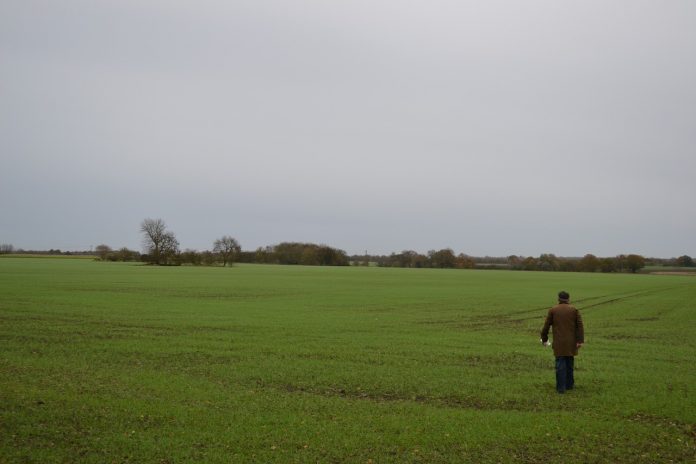Like most other teenagers at the time, I used to work for a neighbor in the summer putting up square bales of hay.
He went to the same one-room school for the first eight grades as my dad, and farmed and milked cows his whole life.
Many years later, he told me one day that he thought that he had lived through some of the best times ever.
He had gone from farming with horses to modern milking facilities and a tractor with a cab, heat and air conditioning.
He was sure that his generation had seen more advances in the agriculture industry than ever before — and he was right.
Change
Now, as I’m writing an article for Farm and Dairy for the last time, I think about what Gordon told me, and I wonder what he’d think today.
I’ve only been here a short time compared to some folks, but there have certainly been a lot of changes in the soil and water world in the last 18 years.
I was taught to measure acreage on a fuzzy aerial photo with a planimeter, and you always did it three times and took the average.
I learned about the coefficient of roughness, and actually understood what the ‘Manning’s n’ meant. I could close out a survey, and reduce those survey notes for a project design.
Then along came computers with GIS programs, water works programs, and total stations, and what I had just been trained to do was somewhat obsolete.
When I learned to do soil loss calculations, I couldn’t believe that so much research had been done on so many soil types under so many conditions, that numbers were factored in from a chart that was created by those researchers.
Technology
I’m sure not an expert on soils, but it wasn’t long ago that the experts didn’t realize that phosphorous could move in the soil.
Then we learned that as it breaks down, it attaches to soil particles, and those particles sometimes move.
Now we’ve learned that in northwestern Ohio, the acid rain that used to fall was actually helping to break down that phosphorous and keep it in place.
Now that the coal-fired plants are shut down, we have annual algae blooms.
We’ve gone from conventional crops to a whole range of genetically modified crops that tolerate drought, diseases and herbicides, while increasing yields to numbers that are hard to believe.
We can monitor crop conditions visually and with infrared technology with a drone that can ride home with you on the truck seat.
And we plant cover crops into standing crops with airplanes to capture nutrients, increase organic matter, build soil health and, by the way, reduce erosion.
Get involved
My time here with the District is short, and I can hardly wait, but if anything that you just read is of any interest to you, stop into your local Soil and Water office and visit with the staff.
They more than likely know more than you think about all this stuff, and I’ve hardly touched the surface.
Or better yet, if you have a passion for these things, think about becoming a member of the board of supervisors for your district. Every county has five, and they are the grassroots that keep the District growing.
Farewell
In my time here I have had the privilege to meet and get to know some outstanding people that I wouldn’t have if I was still a coal miner (yes I was).
I consider it an honor to write an occasional article for Farm and Dairy, and I’ll never forget the advice that Editor Susan Crowell gave me the first time I met her.
It was simple and to the point, “Don’t write boring crap.” I hope I didn’t disappoint.
I hope Gordon is still watching. I hope you all had a Merry Christmas, and I wish you a happy and prosperous New Year.













